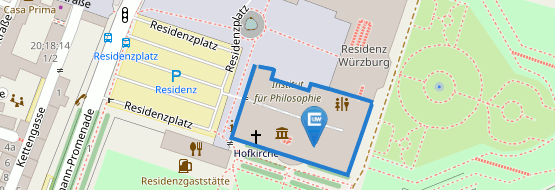The Rediscovery of the Causeway of Sahura at Abusir
22.10.2015Vortrag von Dr. Mohamed Ismail Khaled (MSA Kairo/JMU Würzburg)
Termin: Donnerstag, 22. Oktober 2015
Zeit: 18.15 Uhr
Ort: Hörsaal I der Residenz, 1. Etage
Since the discovery of the German Egyptologist Ludwig Borchardt in the beginning of the 20th century for Sahura’s pyramid complex. He paid great attention to the architecture of the complex, especially the pyramid superstructure and substructure, mortuary temple, and the valley temple. Surprisingly, he left most of the causeway unexplored, except for its upper and lower ends. Yet, he concentrated on the wall reliefs, which are considered so far to be the most complete example of a decorative program of a royal funerary complex from the Old Kingdom. In 1994, the Supreme Council of Antiquities (SCA) mission reinvestigated the area to the north of the upper part of the causeway.
It was a big surprise to the mission to find four huge limestone blocks with relief decoration. The discovery of these blocks and subsequently several other limestone blocks confirmed that Borchardt’s investigation did not include a major part of the approximately 200 meter long causeway. Since 2002, the excavation of the Supreme Council of Antiquates continued and more than sixteen decorated blocks from both parts of Sahura’s causeway were revealed.
Important scenes were discovered such as king Sahura sailing, the arrival of an expedition from Punt, and for the first time the longest procession of a Royal funerary domain in the Old Kingdom, in addition to 12 fecundity figures representing the borders of Lower Egyptian provinces. This is so far the first and the only list of Pehou that ever discovered in the Old Kingdom.
Wir danken der freundlichen Unterstützung durch das Ägyptologie-Forum Würzburg e.V.
Zurück







